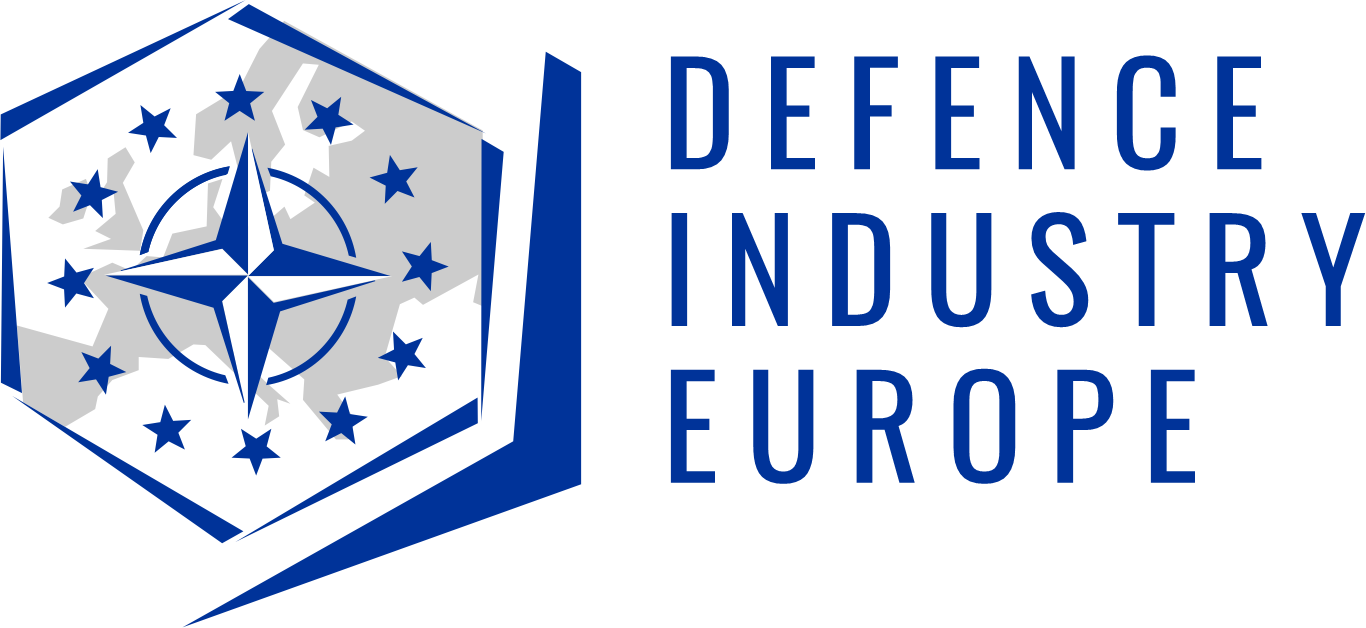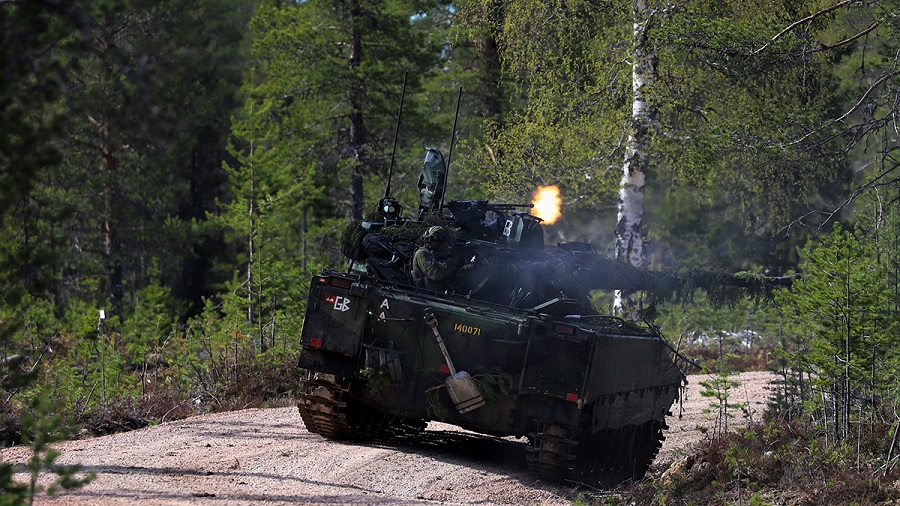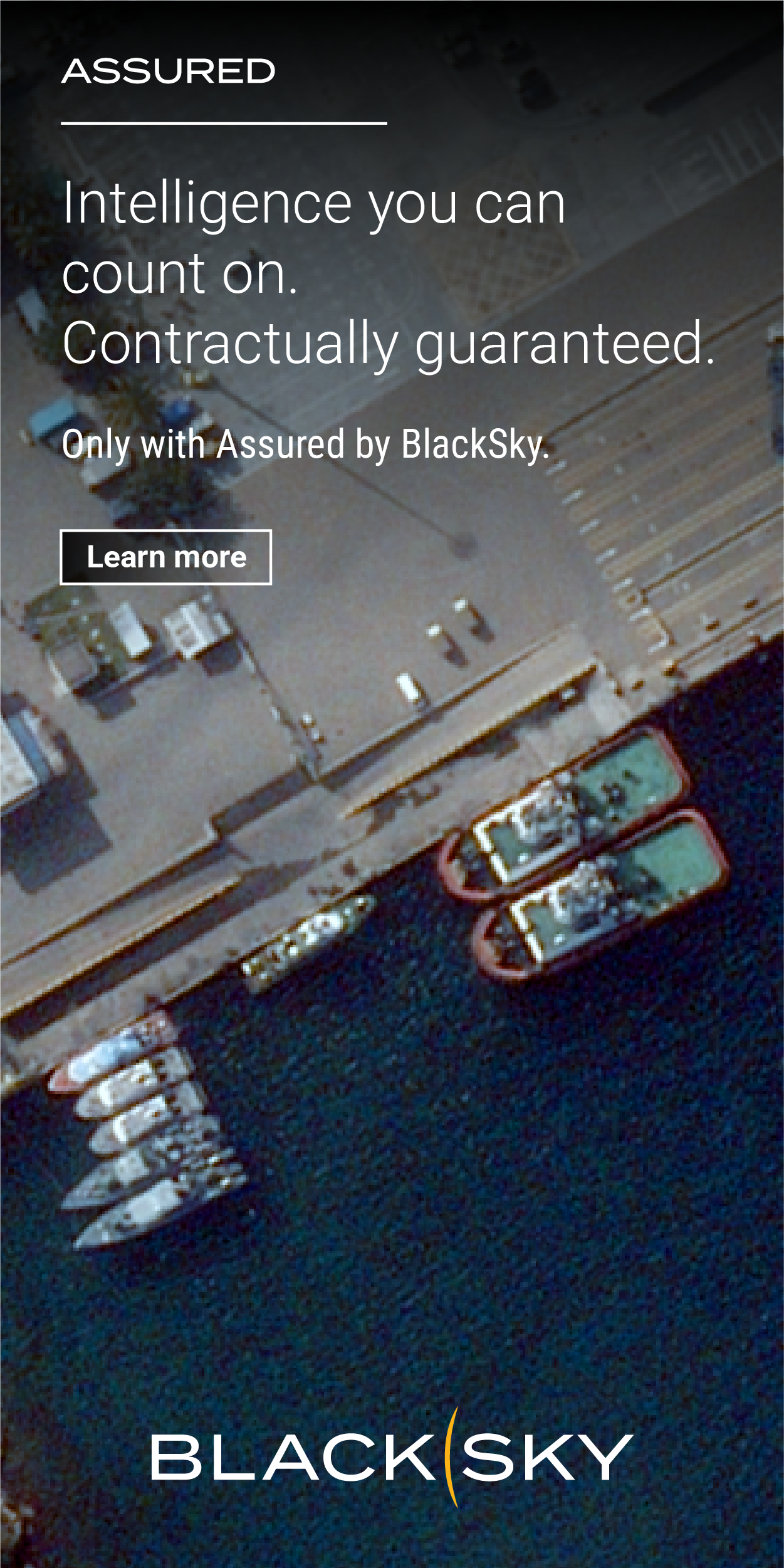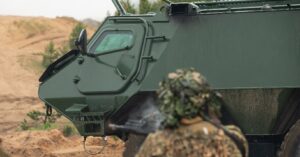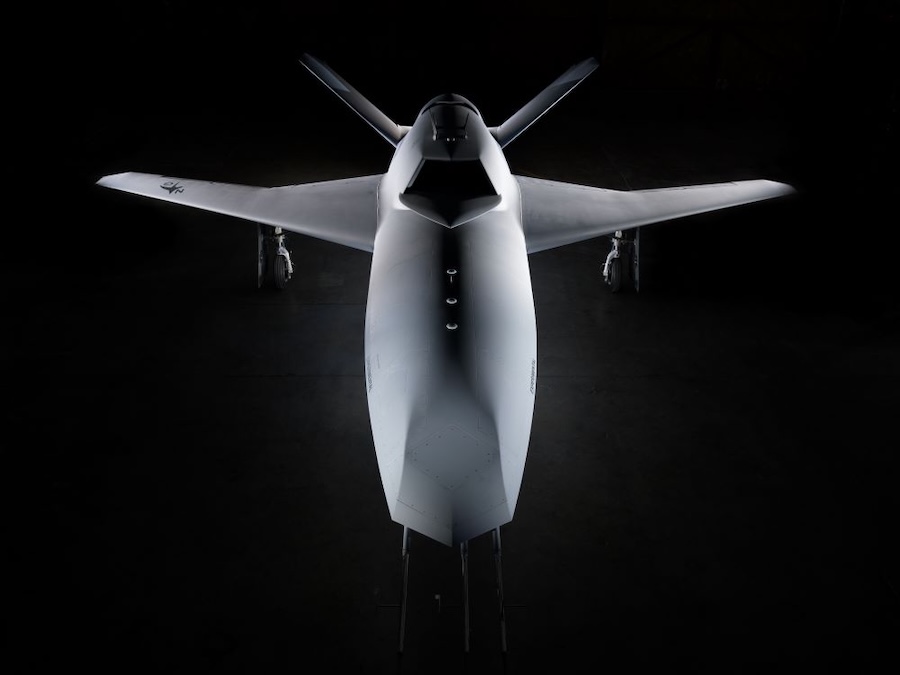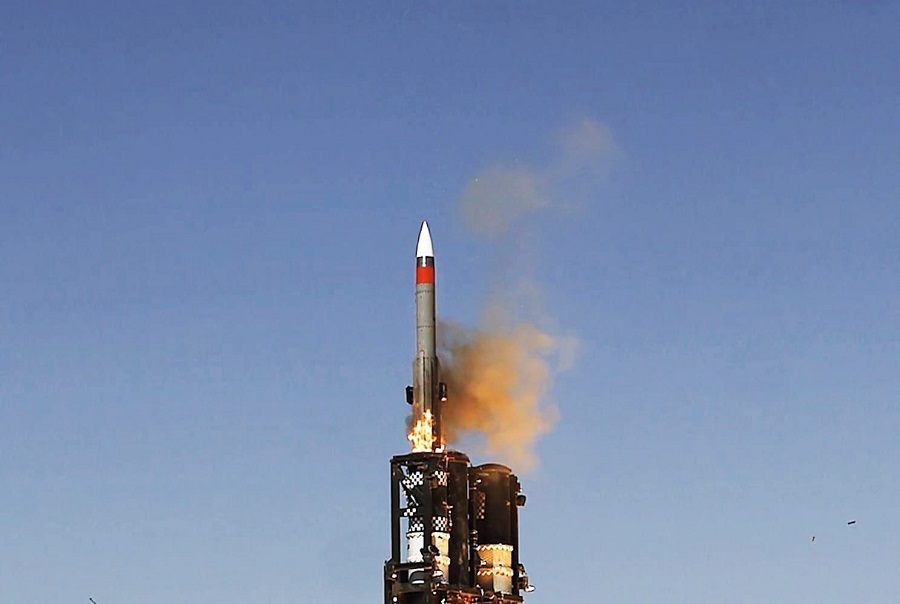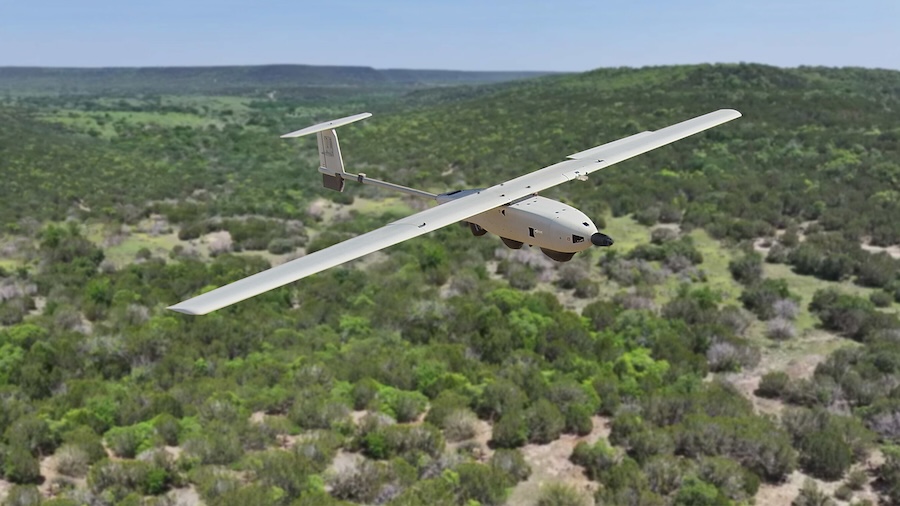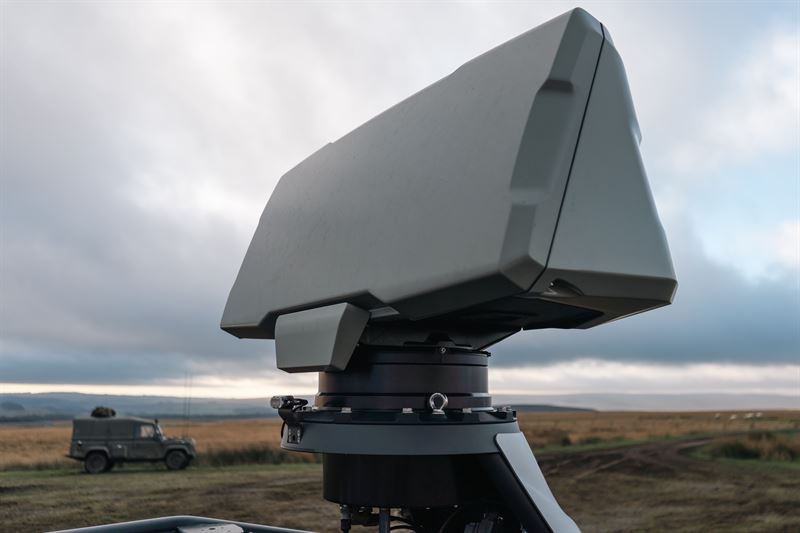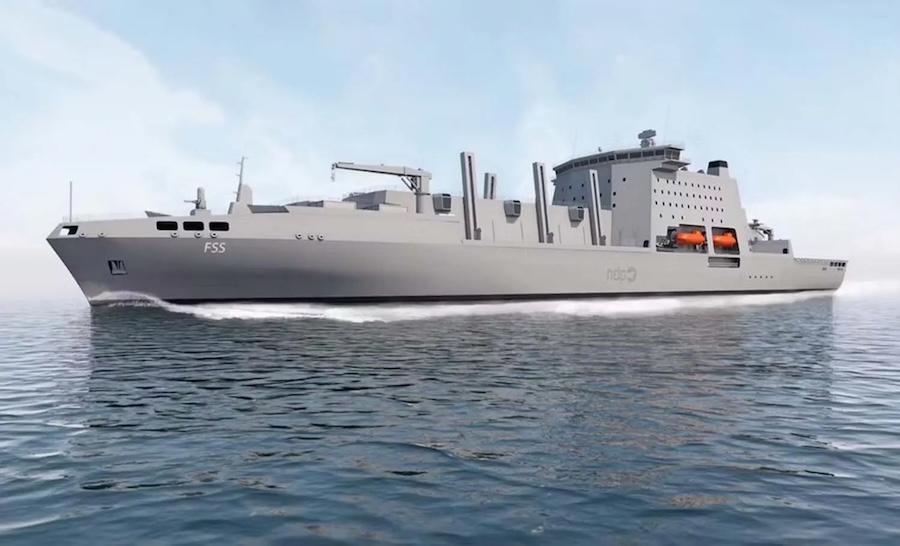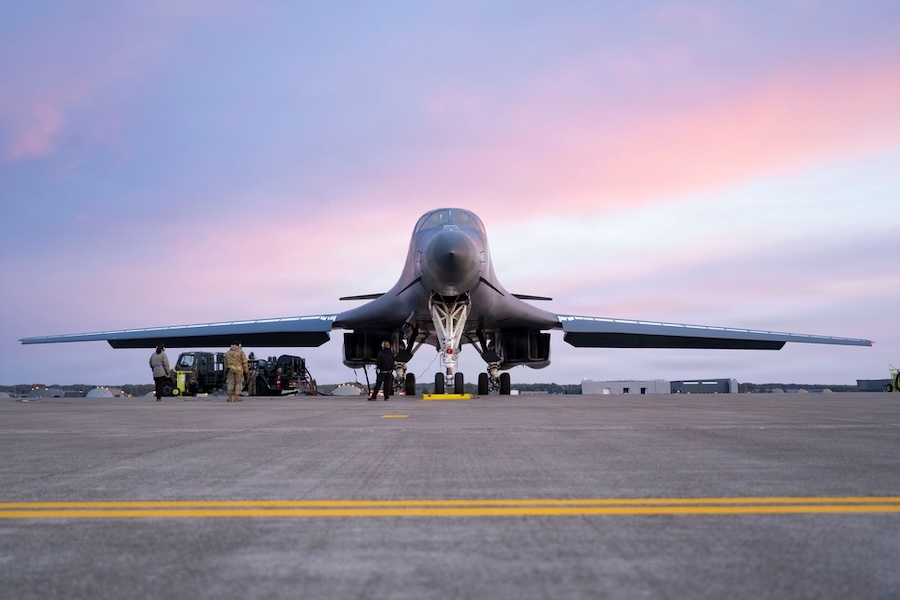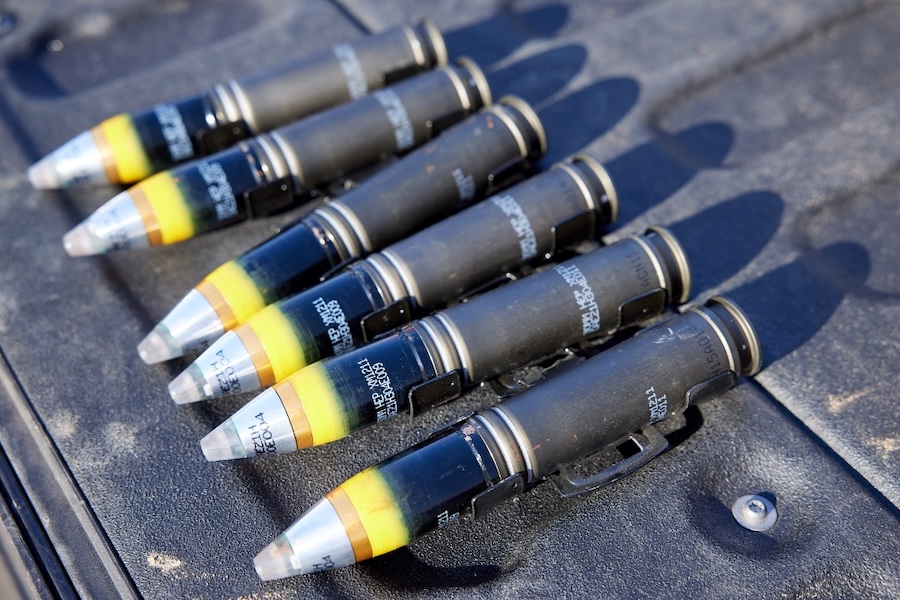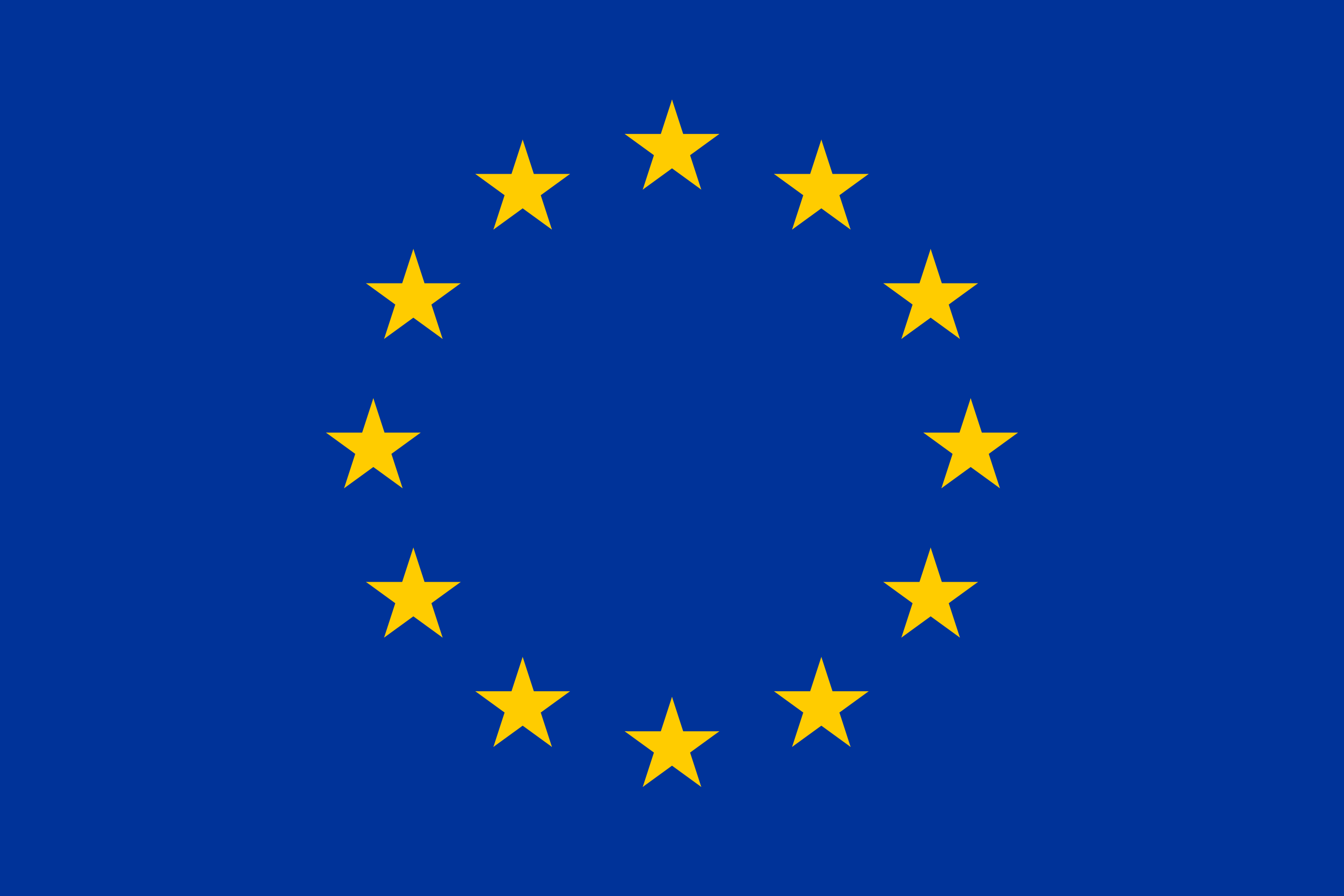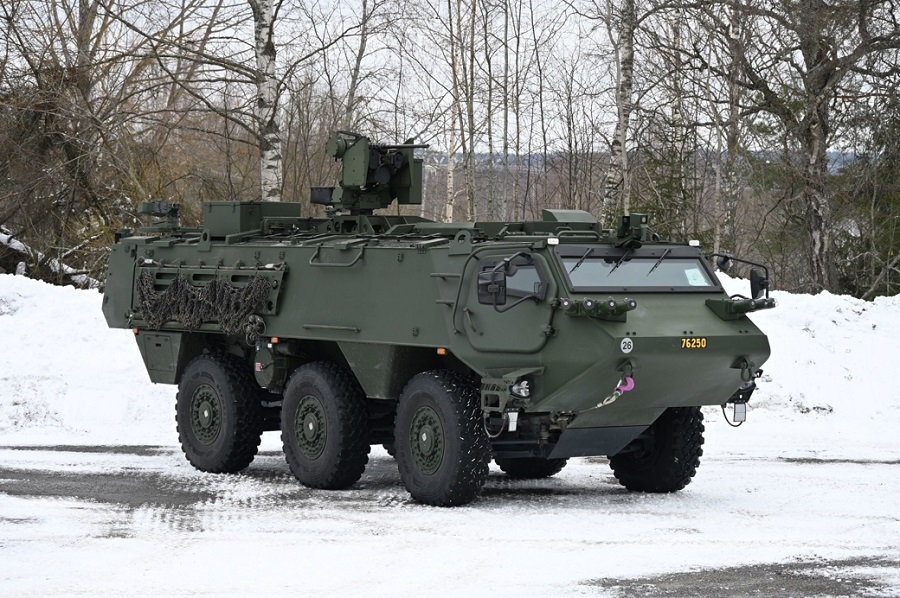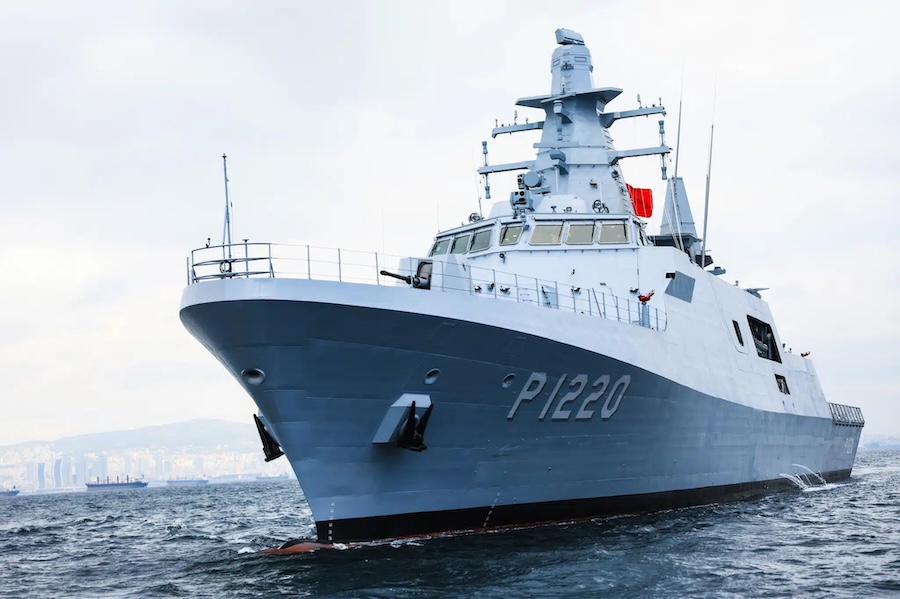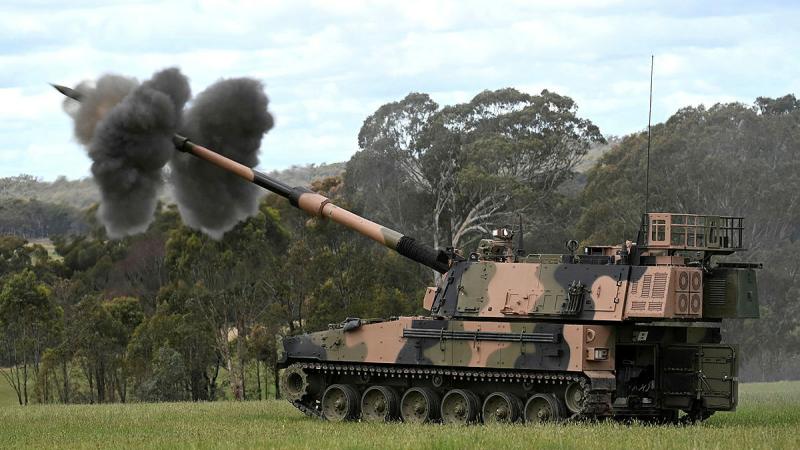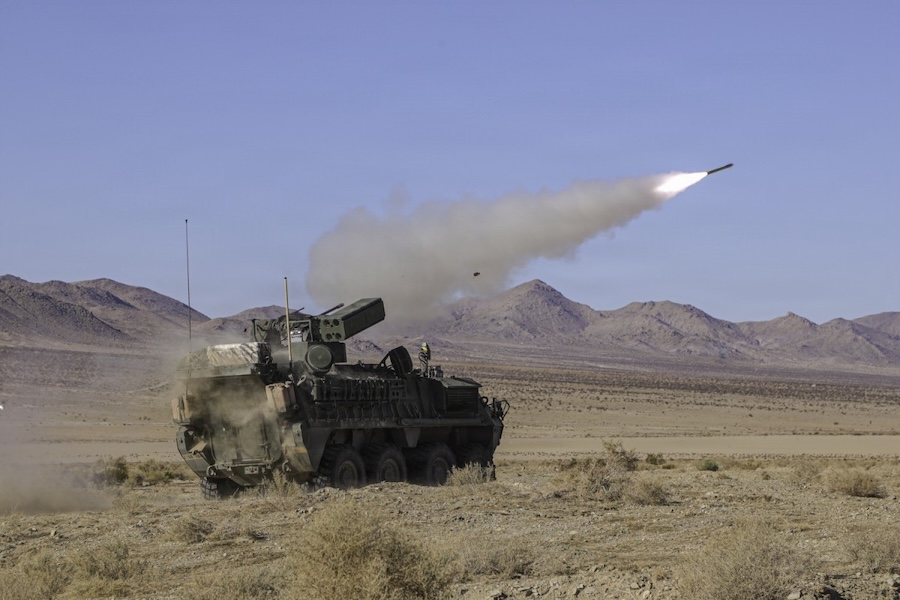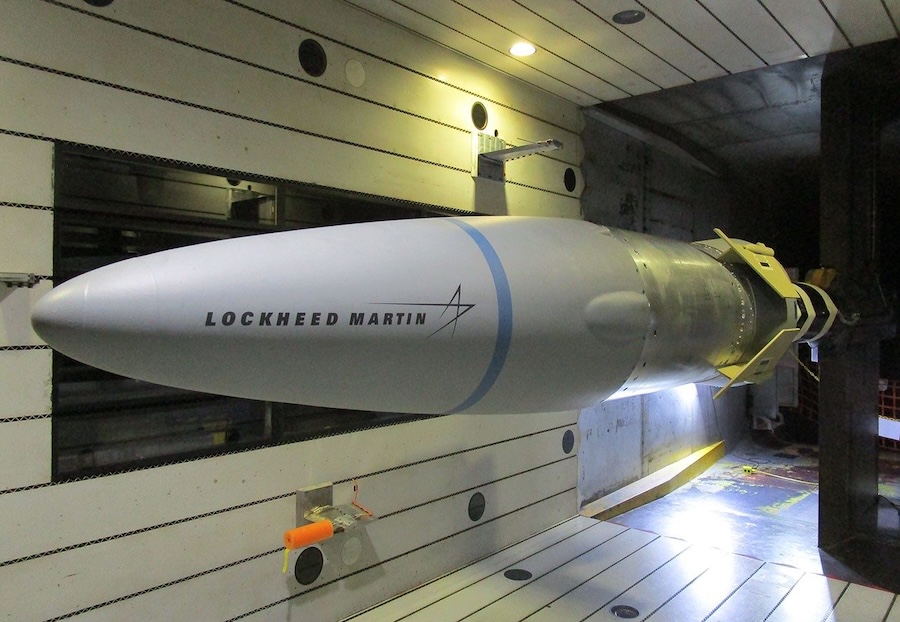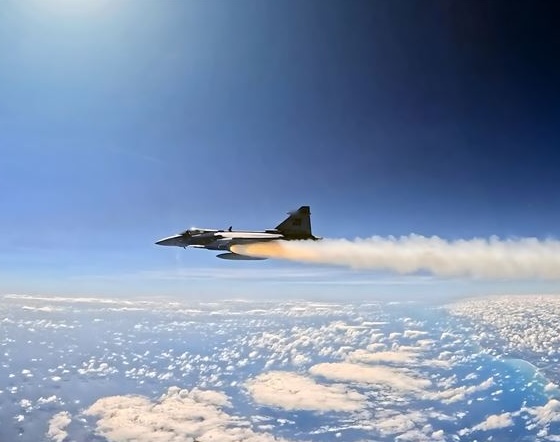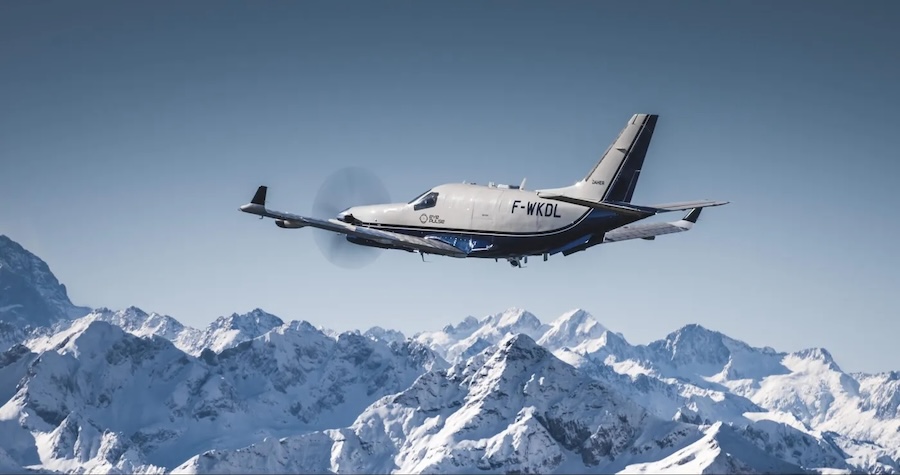Finland’s Minister of Defence Antti Häkkänen welcomed the decision, highlighting the significance of the cooperation. “I am very pleased that such important and close allies will be involved in developing the FLF in Finland. It sends a strong message that Europe bears its share in NATO, and that these five Allies are prepared to strengthen NATO’s deterrence and defence in the north,” he stated.
Sweden will act as the Framework Nation for the FLF in Finland, playing a key role in planning and building the multinational presence in close cooperation with NATO and the participating countries. “Our cooperation with Sweden has run smoothly, and we are glad that the preparations concerning the contributing nations have proceeded as planned,” said Minister Häkkänen.
The FLF form part of NATO’s peacetime deterrence and defence activities. Under normal conditions, multinational troops will train and exercise alongside Finland’s national defence forces.
Should the security situation change, the FLF presence could be scaled up to brigade level as part of NATO’s operational planning. During peacetime, the forces also test their readiness to reinforce the region rapidly if needed.
The FLF presence in Finland will be based primarily in the northern regions of Rovaniemi and Sodankylä in Lapland. The official inauguration of the FLF in Finland is scheduled for 2025.
In a joint statement, the nations involved underlined that FLF Finland is “an important part of NATO’s deterrence and defence posture on the Northern Flank and a strong expression of Allied unity and solidarity.” The FLF’s role will be central to strengthening NATO’s posture and deterrence against Russia.
By enhancing the ability to receive, integrate and deploy Allied units in the region, the participating countries aim to reinforce the collective security of NATO. “Together, we enhance Allied deterrence and defence in the High North and for the whole Alliance,” the statement concluded.



